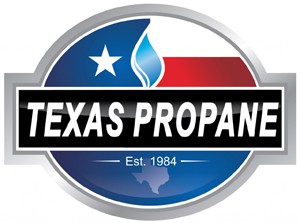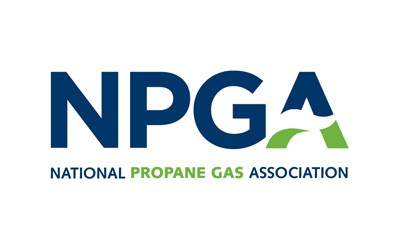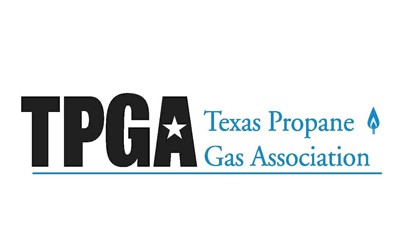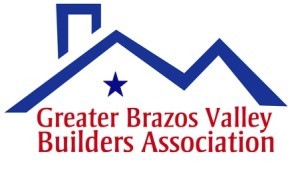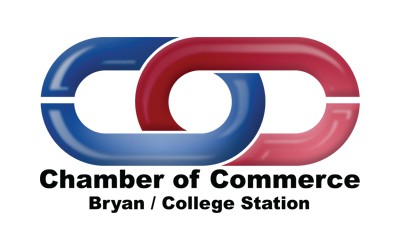Two Stage Propane Regulator System
Two stage propane regulator systems can benefit if there’s an 80 foot run from the tank to a house with a total load being over 1,000,000 BTU. This is because integral twin stage regulators won’t supply the propane necessary that the appliances demand.
First Stage Propane Regulators
First stage regulators serve as a primary means for pressure regulation in a two stage system.
Often times, first stage regulators are referred to as high pressure regulators (although not true high pressure regulators) because they don’t reduce variable tank pressures to appliance level pressure. They just lower the pressure before it goes into the gas service line.
Tank to Line
Installation of first stage regulators is at the propane tank with direct connection to the service valve with a pigtail. If a first stage regulator is in a LP Gas plumbing system, a second stage regulator is necessary downstream. Simply put, a first stage regulator cannot be installed independently in an LP Gas system. A second stage regulator installation is necessary as well. The first stage regulator will compensate for differing tank pressures. It will also deliver into the gas line at a pressure of 10 pounds or less.
The purpose of a first stage propane regulator is to deliver propane at an ample pressure to a downstream second stage regulator. There are numerous various of first stage regulators, but the outlet pressures differ by model and manufacturer. It is essential to properly match first and second stage regulators so that the overall gas system is safe and functional.
Second Stage Propane Regulators
The function of second stage regulators is to further decrease pressure to a usable level for appliance demand.
These regulators work with the lower pressures delivered by first stage regulators. As a result, this lowers the pressure even more so that the propane will adequately and safely supply the demand of the appliances.
Line to Appliance
Second stage regulators use is not for decreasing tank pressure. Therefore, installation must be downstream of a first stage regulator for safe and proper operation. These regulators work with propane at a pressure supplied by the first stage regulator (inlet pressure) and further decrease that to a pressure that appliances use (outlet pressure).
The majority of outlet pressures of second stage regulators are measured in inches water column, such as 11″ water column. This is the standard propane pressure delivery to household appliances so that they can safely and properly operate. Keep in mind that second stage regulators don’t work with varying tank pressures. They are only to operate in combination with first stage regulators. One cannot work without the other.
These are just the basics of a two stage propane regulator system. Contact us with the link below for more information or to schedule your next propane delivery with us!
